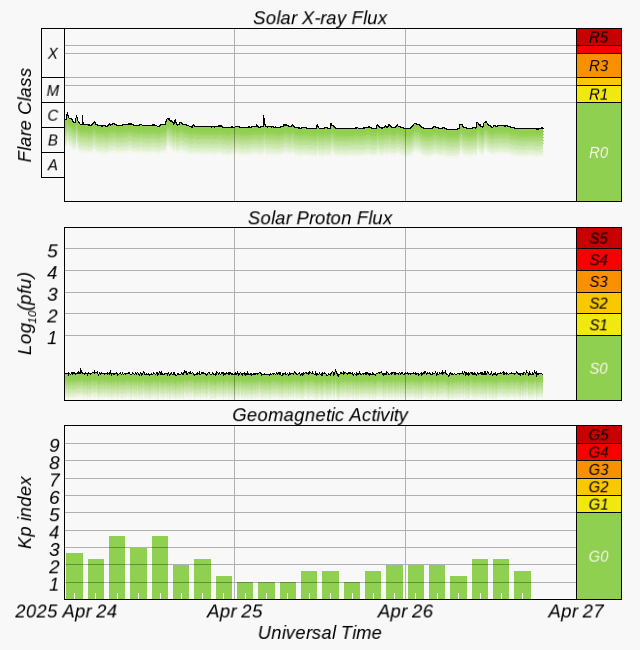
Omega blocking highs can remain in place for several days or even weeks [image credit: UK Met Office]
Bring on the loaded questions, such as ‘How does climate change affect windstorms?’ The BBC casts around for suspects, like La Niña and meandering polar jet streams, but it’s all inconclusive. Are the ‘extreme weather’ climate obsessives feeling deprived?
– – –
By February, the UK would normally have had around three storms given names by the Met Office – just like Arwen, Barra and Callum, says BBC News.
But so far this autumn and winter, there hasn’t been a single one.
Weather patterns have been calmer across the Atlantic and towards northwest Europe. But why?
There are a number of factors at play – and the forces behind this year’s lack of storms were also instrumental in December’s cold snap.
In previous years, the first named storm has taken place by early December. And by the end of January, typically three storms would have formed, bringing impacts to the UK.
Storms can bring a danger to life and cause millions of pounds worth of damage from strong winds, heavy rain and even significant snowfall.
The busiest autumn/winter season was 2015-16, when a total of eight named storms had hit the UK by the start of February.
During February 2022, three storms were named within a week. Dudley, Eunice and Franklin impacted hundreds of thousands of homes.
The insurance payouts resulting from the three storms was close to £500 million, according to the Association of British Insurers.
Storm Eunice was one of the worst storms to hit the UK in 30 years, with rare red warnings issued across south Wales and southern England.
Eunice was also responsible for a new England wind gust record of 122mph at The Needles on the Isle of Wight.
Windstorms in the UK are usually caused by little wobbles in an active jet stream (a corridor of strong winds around 30-40,000ft up in our atmosphere) over the Atlantic directed towards northwest Europe.
In some circumstances, the atmospheric conditions can create explosive cyclogenesis – or a weather bomb – just to the west of the UK, which can bring the most damaging winds.
Naming storms was started by the Met Office and Ireland’s Met Eireann in 2015, with the idea of being able to communicate the hazards and warnings associated with them.
. . .
Why so quiet this season?
Last year, our autumn – which, meteorologically speaking, runs from September to November – was the third warmest on record.
While rainfall increased after the very dry spring and summer, it was only marginally above average.
Into the start of winter, December was the first month in 18 where the average temperature went below average.
December’s cold snap was due in part to what is known as a “blocking weather pattern”. At the time, this pattern was over Western Europe, and preventing weather systems from reaching the UK.
The UK’s lack of named storms this season is likely to be due to the position of the Polar jet stream, a ribbon of strong winds high in the atmosphere that create and drive weather systems across the Atlantic to northwest Europe.
Other parts of Europe have had more than their usual share of named storms. There have been eight in the southwest Europe naming group, which includes France, Spain, Portugal and Belgium.
The UK’s cold snap may be partially due to the fact that a naturally occurring climate pattern called La Niña – which means large-scale cooling in the Pacific – is in its third consecutive year. This is known as a “triple-dip”.
Rare ‘triple dip’ La Niña declared
In this phase, UK winters tend to be colder and calmer at the start then switch to milder, wetter and windier weather toward the end of the season.
Experts believe that rising global temperatures mean that La Niña and El Niño – the opposite of La Niña – events will become stronger by 2030.
. . .
How does climate change affect windstorms?
According to the European Centre for Medium Range Weather Forecasts (ECMWF), the link between climate change and extra-tropical cyclones – the storms that normally affect northwest Europe – is currently unclear.
They suggest that European windstorms have actually reduced in frequency over the last few decades.
However, it is widely accepted that when we do get storms, climate change is likely to make them more extreme with higher rainfall totals and potentially greater impacts.
Full article here.






Met Office thinking. Oooo. – ooooh – look we are like American hurricanes!! We can ‘name storms’ so we can keep saying storm this storm that storm storm storm while we yotties have to see Beaufort Ten before it’s a storm. Say, guys, stay in, there’s a dartboard coming up-Channel.
I’m not easily confused, unless I’m up against the idiots with their experience. Lack of named storms this winter ? Och I don’t keep these things in my head by I can tell you the Names of the 40 0dd cows in the Herd and their progeny’s names – simples- Babyface, Babyfaces’ granchild, etc , Whiteface, Blackie,Torridon etc. But storms ? why not simply December22-1,2, or x, whatever – simple logic unlike our new ( 22 years old now) Car Reg’n No. system Which ‘makes sense’ but everyone has to look up a chart to find the age …. the British, Nay! No no no – the Civil Service way!
Anyway there were so many , Och, Yeller, Amber, an Redder warnings for whatever I just gave up. Half missed us anyway, t’others came before they even got blue in the face blowin so hard to be a storm.
Are not the Northern Islands ( Ork. & Shetland) part of , not apart from the UK? Didn’t they have quite a severe SNOW episode before Christmas?. I know that we had access issues to some land before Christmas through heavy rain and then hard frost getting like this: https://youtu.be/XCy29oByRlo?t=2161 and now it’s finally thawed out but still wet.
“Last year, our autumn – which, meteorologically speaking, runs from September to November – was the third warmest on record.”
However the CET was “revised” last year and autumn was under the new measuring regime, whatever that is. The legacy record stops in April. The first four months of 2022 under the “new” version 2, were each 0.1 C higher than the corresponding legacy data. The previous 3rd warmest autumn was 2014 at 12.07C, now rounded down to 12C. Autumn 2022 comes in at 12.13C, but they have rounded it up to 12.2.
If they have added 0.1 to each month, then 2022 autumn would have been 12.03 under the legacy system and would have been behind 2014. All the new data are to one decimal place, so no indication of the rounding applied.
In reality these differences are pretty meaningless but when you are seeking “hottest” headlines, they matter.
“Other parts of Europe have had more than their usual share of named storms. There have been eight in the southwest Europe naming group, which includes France, Spain, Portugal and Belgium.”
Obviously the reason for no storms is Brexit — the UK is now excluded from getting storms coming from Europe. The BBC and other organisations stuffed full of Remainers cannot admit it as they don’t want any favourable reference to Brexit at all.
Either that or a lack of global warming to provide enough energy for storms to travel north. Their only hope is for the climate to return to the Little Ice Age conditions when there were real storms like 1703.
‘However, it is widely accepted that when we do get storms, climate change is likely to make them more extreme with higher rainfall totals and potentially greater impacts.’
Yes, a theoretical concept can ruin your whole day 🙄
“Normally”, “usual”, “typically”.
Simply false. Averages are not “usual”.
They honestly do not understand what they are talking about. If they think averages are what we should get, let’s see them throw a 3.5 on a dice – that’s the average of 100 throws.
[…] From Tallbloke’s Talkshop […]
Reblogged this on Climate Collections.